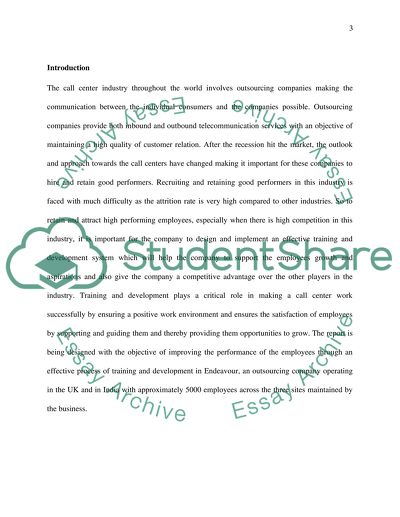Cite this document
(“Improving Performance through Learning, Coaching & Development Essay”, n.d.)
Improving Performance through Learning, Coaching & Development Essay. Retrieved from https://studentshare.org/human-resources/1492578-improving-performance-through-learning-coaching
Improving Performance through Learning, Coaching & Development Essay. Retrieved from https://studentshare.org/human-resources/1492578-improving-performance-through-learning-coaching
(Improving Performance through Learning, Coaching & Development Essay)
Improving Performance through Learning, Coaching & Development Essay. https://studentshare.org/human-resources/1492578-improving-performance-through-learning-coaching.
Improving Performance through Learning, Coaching & Development Essay. https://studentshare.org/human-resources/1492578-improving-performance-through-learning-coaching.
“Improving Performance through Learning, Coaching & Development Essay”, n.d. https://studentshare.org/human-resources/1492578-improving-performance-through-learning-coaching.


